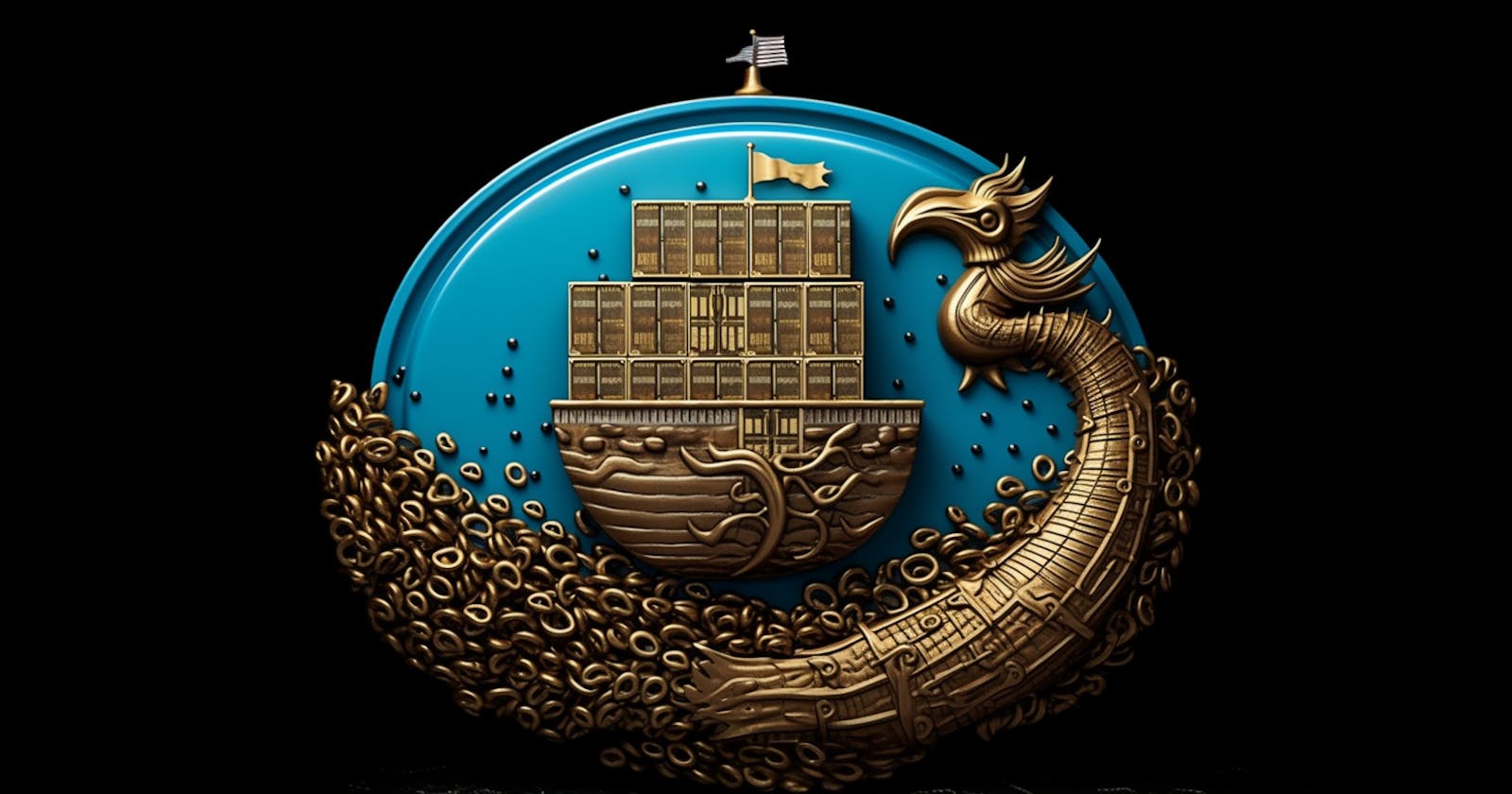Docker has revolutionized the way we deploy and manage applications. It's a powerful tool for containerization, allowing you to package and run applications and their dependencies in isolated environments called containers. If you're new to Docker and want to get started quickly, this guide will walk you through the basics.
Step 1: Install Docker
The first step is to install Docker on your system. Go to the Docker website and download the Docker Desktop application for your operating system (Windows, macOS, or Linux). Follow the installation instructions for your OS and launch Docker Desktop.
Step 2: Verify Installation
After installation, open a terminal or command prompt and run:
docker --version
This command should display the Docker version, confirming that it's installed and running.
Step 3: Hello World Container
Let's start by running a simple "Hello World" container to ensure everything is working correctly. In your terminal, enter:
docker run hello-world
Docker will download the "hello-world" image (if not already downloaded) and run it in a container, displaying a confirmation message.
Step 4: Understanding Images and Containers
Docker uses images as blueprints to create containers. You can search for images on Docker Hub and pull them to your system using docker pull.
Step 5: Running a Custom Container
To run your own application in a container, create a Dockerfile that describes the application and its dependencies. Then, build an image from the Dockerfile using:
docker build -t my-custom-app .
Replace my-custom-app with a suitable name for your image. Run a container from the image with:
docker run -d -p 8080:80 my-custom-app
This command runs the container in detached mode and maps port 8080 on your host to port 80 in the container.
Step 6: Managing Containers
You can manage containers with simple commands. To list running containers:
docker ps
To stop a container:
docker stop container_id
And to remove a stopped container:
docker rm container_id
Step 7: Cleanup
Docker can consume disk space, so periodically clean up images and containers you no longer need with:
docker system prune
Step 8: Learn More
Docker has many advanced features and options. To learn more, refer to the official Docker documentation. You can also explore Docker Compose for managing multi-container applications.

